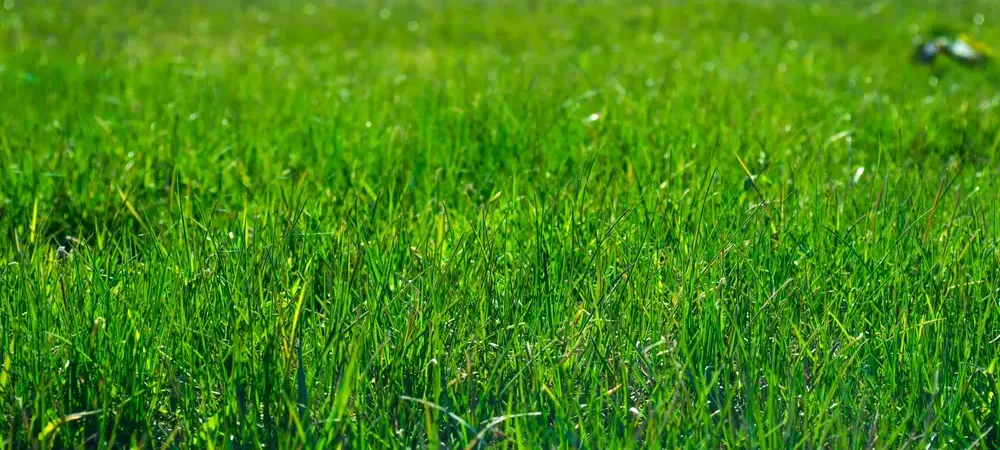Lawn Fertilizer Schedule for Georgia

Having a thick, green lawn in Georgia requires proper fertilization at the right times of year. With the state's hot summers and mild winters, the fertilizer schedule is a bit different than in cooler northern climates. Following an appropriate fertilization program is key to providing your lawn with the nutrients it needs to remain healthy and vibrant throughout the year.
When to Fertilize Your Georgia Lawn
A well-fed lawn is more resistant to drought, weeds, and disease, so investing time in fertilization pays off. However, different seasons call for different fertilization needs. Here is our guide on how to fertilize your lawn throughout the year:
Spring Fertilization (March-May)
- Apply a fertilizer blend high in nitrogen around late March or early April when the grass begins actively growing again. A ratio like 16-4-8 or 24-2-11 provides an abundance of quick-release nitrogen.
- For warm-season grasses like Bermuda and Zoysia, apply 1 lb of nitrogen per 1,000 sq ft in April or May after the grass has fully greened up.
- Cool-season fescue lawns can receive fertilizer a bit earlier in March or April using 1 lb of nitrogen per 1,000 sq ft.
- Slow-release or organic fertilizers nourish the lawn over a longer period compared to quick-release synthetics.
Summer Fertilization (June-August)
- Bermuda and zoysia grasses should receive another round of high-nitrogen fertilizer in June or July during their peak growth season.
- Use 1 lb of nitrogen per 1,000 sq ft, but avoid applying fertilizer during extreme heat, which can burn the lawn.
- Cool-season fescue grasses go dormant in Georgia's hot summers and do not need fertilizing this season.
Fall Fertilization (September-November)
- Early September is the ideal time to fertilize warm-season lawns with a balanced fertilizer like 16-4-8 to rebuild nutrient levels before winter.
- Cool-season fescue should receive its second and final fertilizer application between September and November using a winter fertilizer lower in nitrogen.
- Applying potassium and phosphorus in the fall increases winter hardiness.
Winter Fertilization (December-February)
- Both warm and cool-season Georgia lawns are dormant in winter months and should not be fertilized.
- Hold off on any fertilizing until early spring green-up in March/April.
Professional Fertilization Services in Georgia
While fertilizing your lawn on your own following a seasonal schedule can yield decent results, hiring professional lawn care experts is the best way to ensure your Georgia lawn reaches its full potential. At GOLawn, our experienced technicians have extensive knowledge of the specific fertilization needs for local grass types and soil conditions. Call GOLawn today for a free quote, and let us develop a customized fertilizer plan for a lawn you'll love coming home to year after year. We offer lawn care services in Norcross and the surrounding Metro Atlanta area.
Frequently Asked Questions
How long does lawn fertilizer last?
How do you apply lawn fertilizer?
There is a lot that goes into fertilizer application, but here is an overview:
What is the best lawn fertilizer?
The best lawn fertilizer depends on the type of grass you have.
For Warm-Season Grasses (Bermuda, Zoysia, Centipede): Look for fertilizers high in nitrogen with an N-P-K ratio like 16-4-8 or 24-2-11. Warm-season grasses thrive on higher nitrogen levels during their peak growing months. A good quality fertilizer with a blend of quick and slow-release nitrogen sources is ideal.
For Cool-Season Grasses (Tall Fescue): Cool-season fescue lawns in Georgia benefit from fertilizers lower in nitrogen but higher in potassium and phosphorus. An N-P-K ratio around 12-24-12 or 10-20-20 is recommended, especially in fall to boost winter hardiness.
